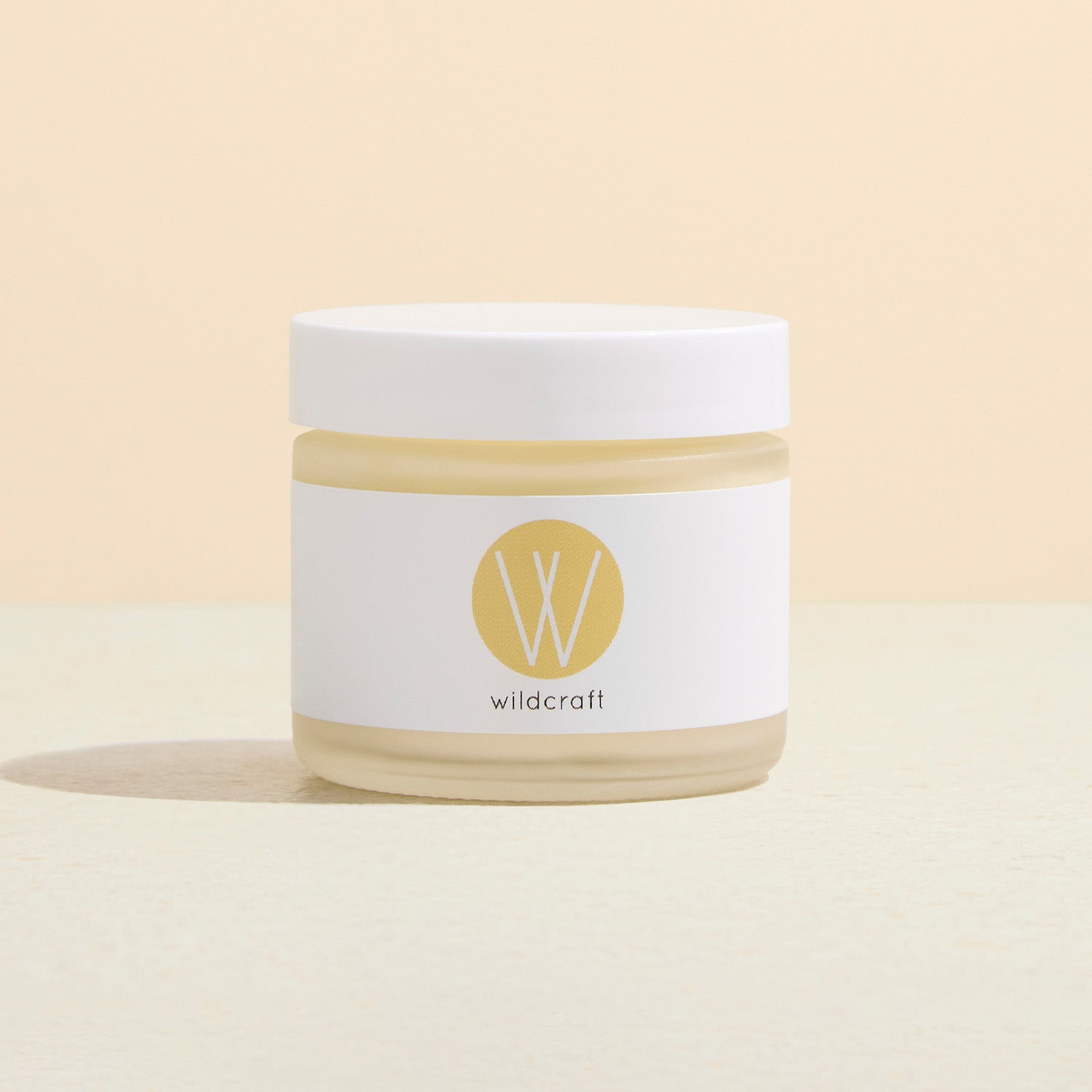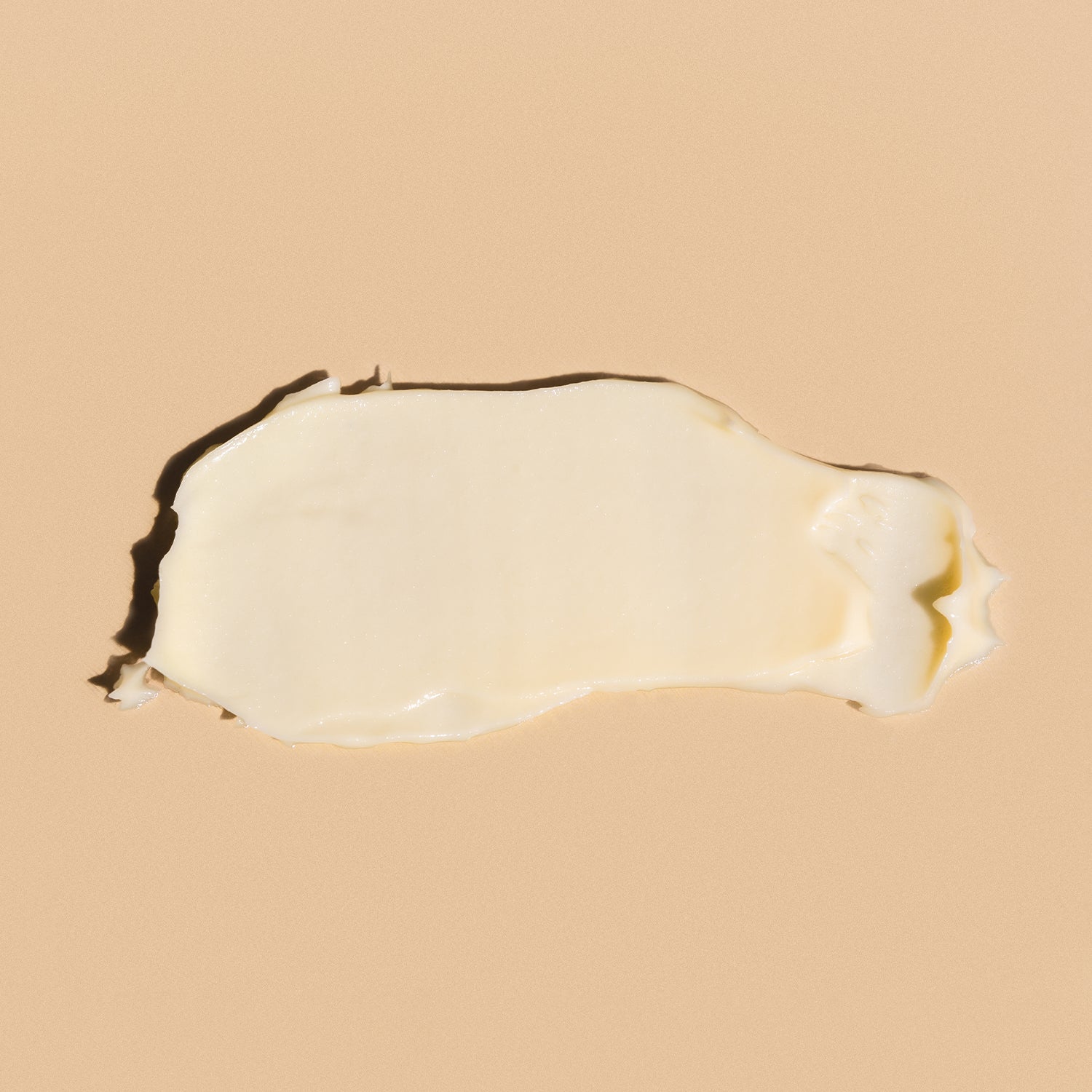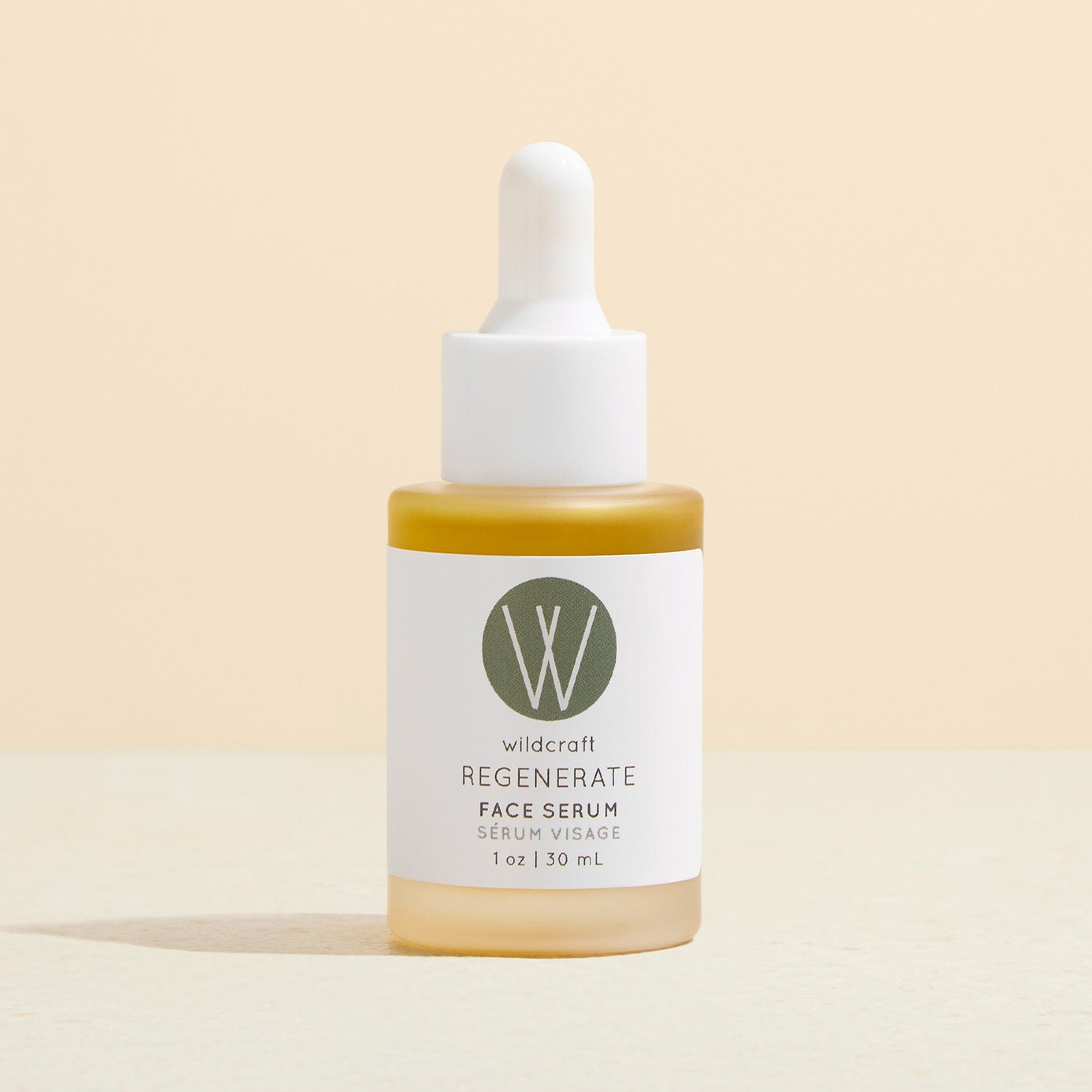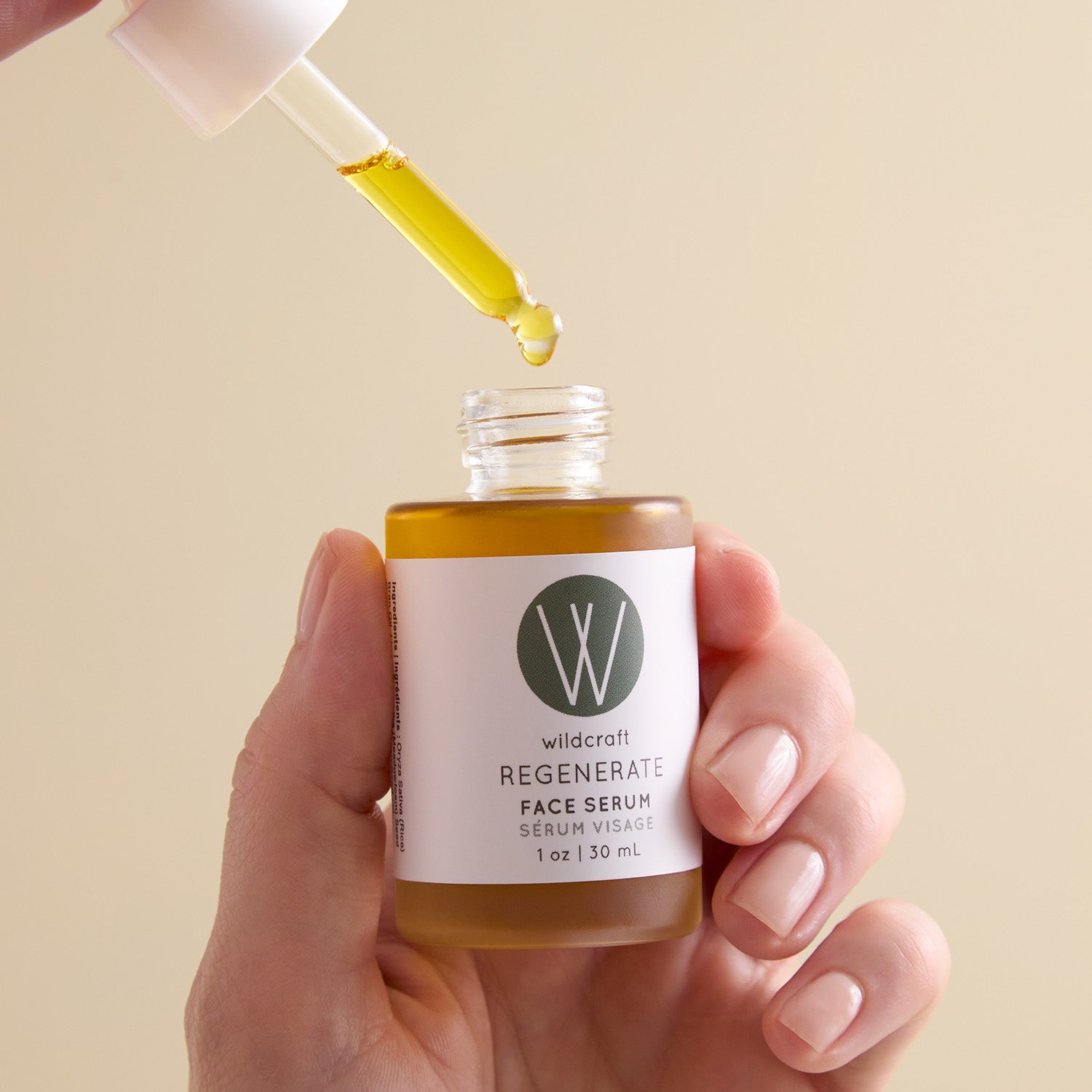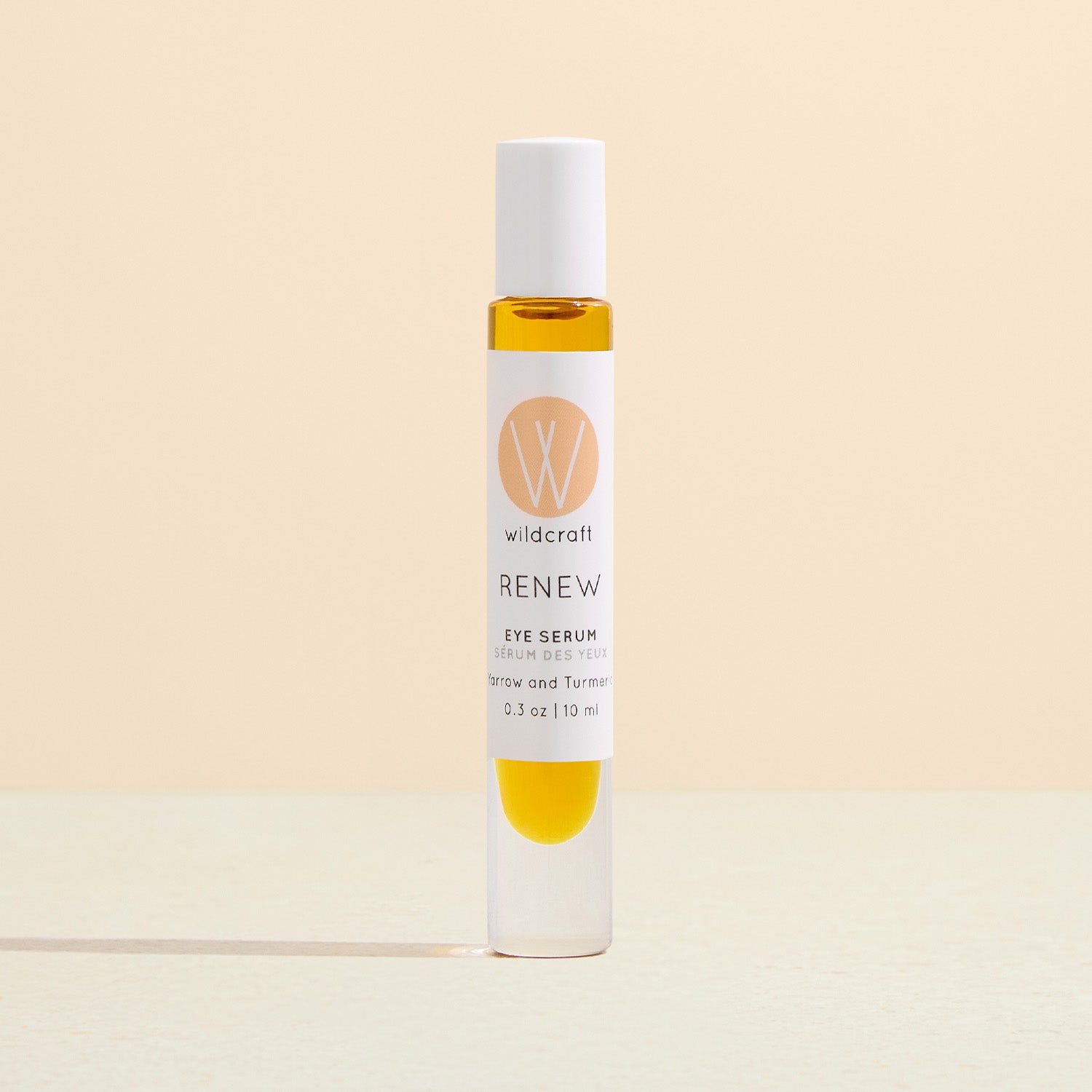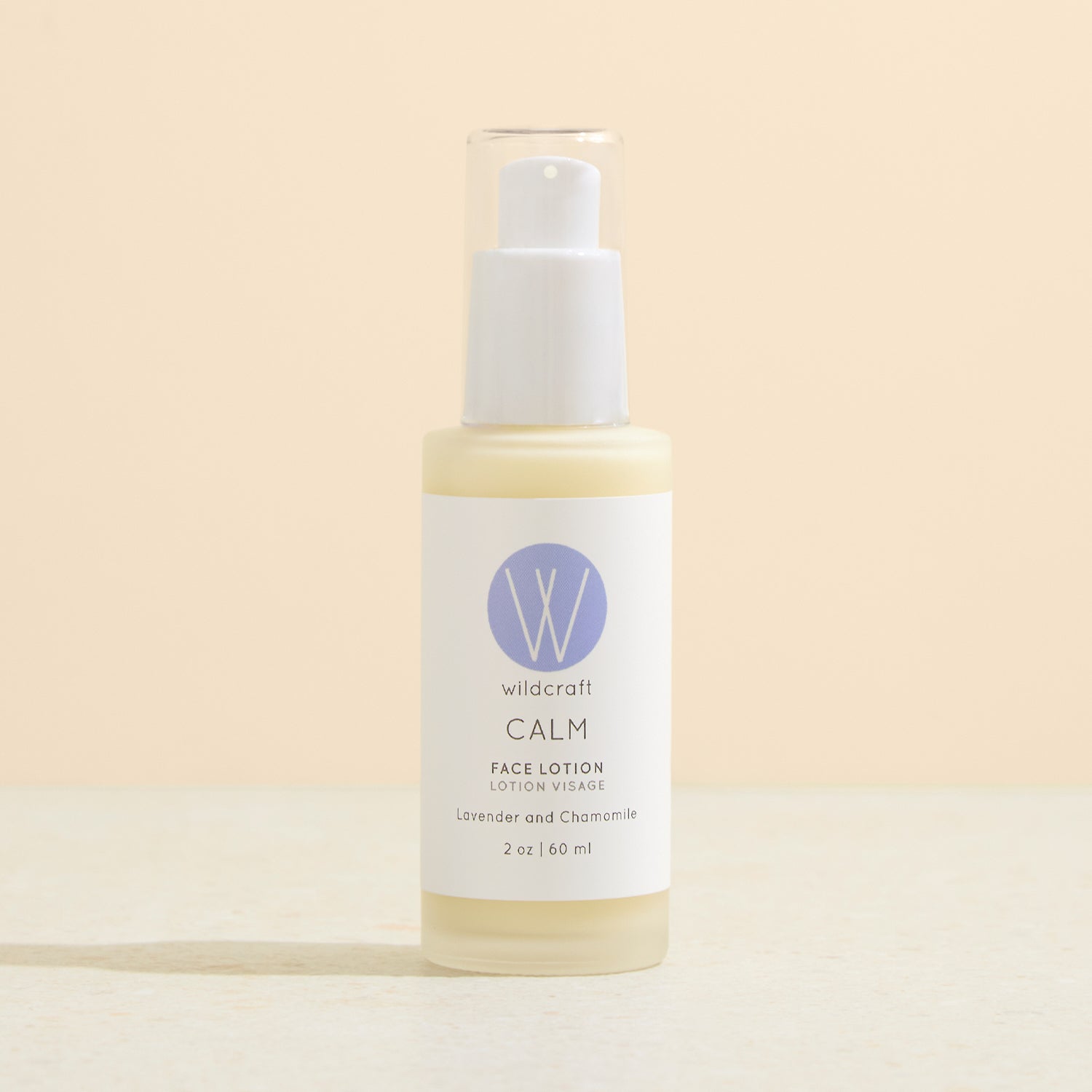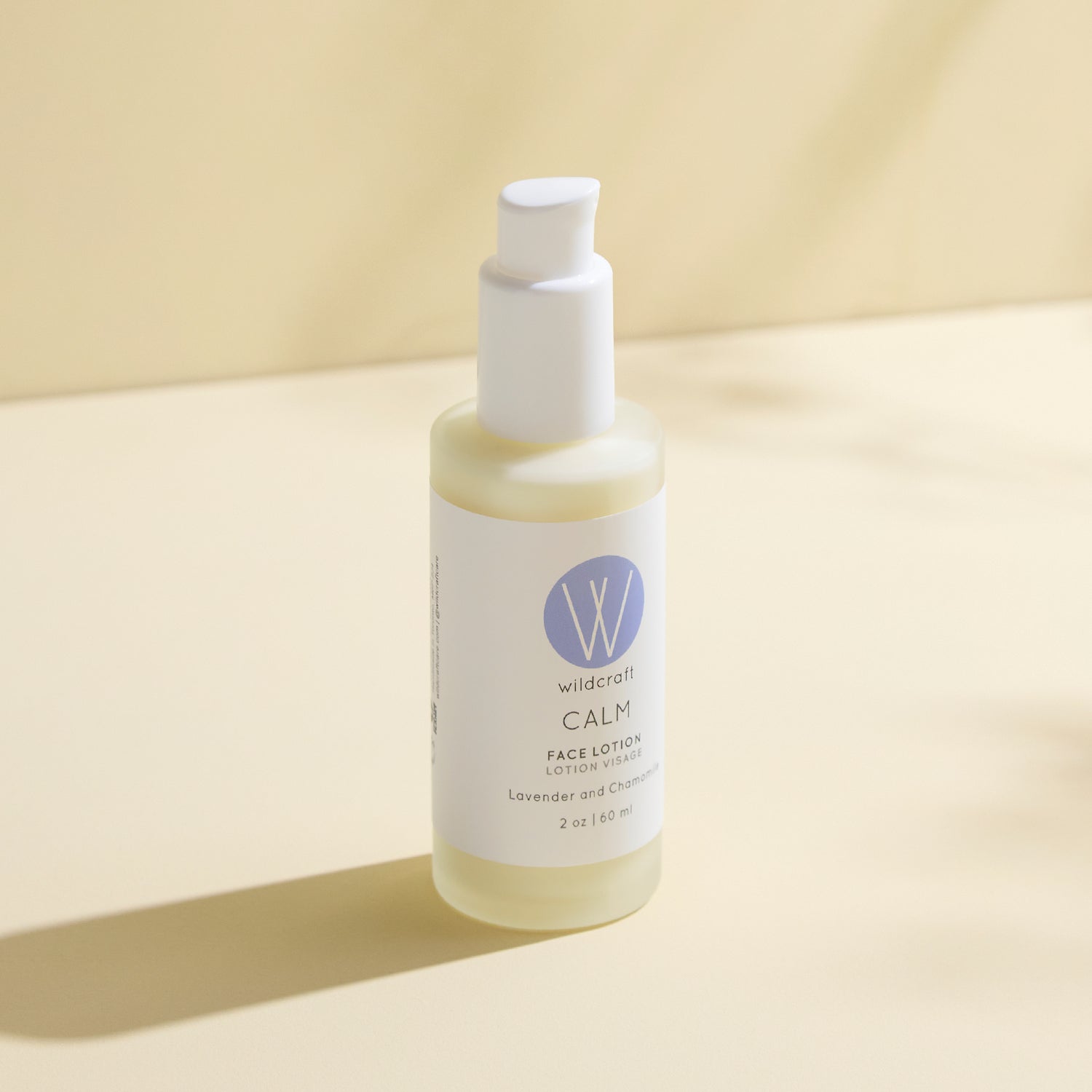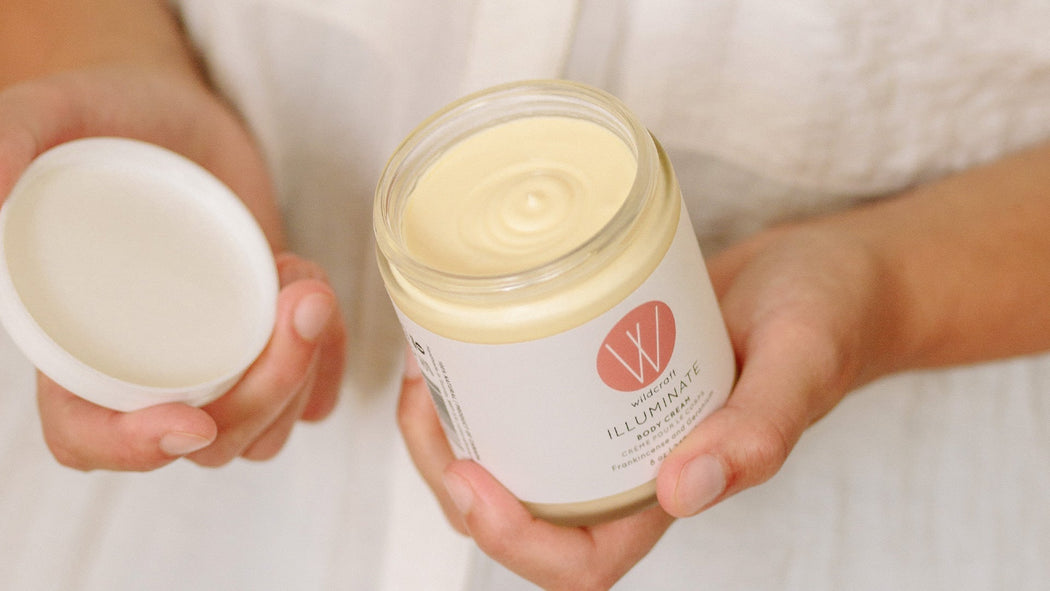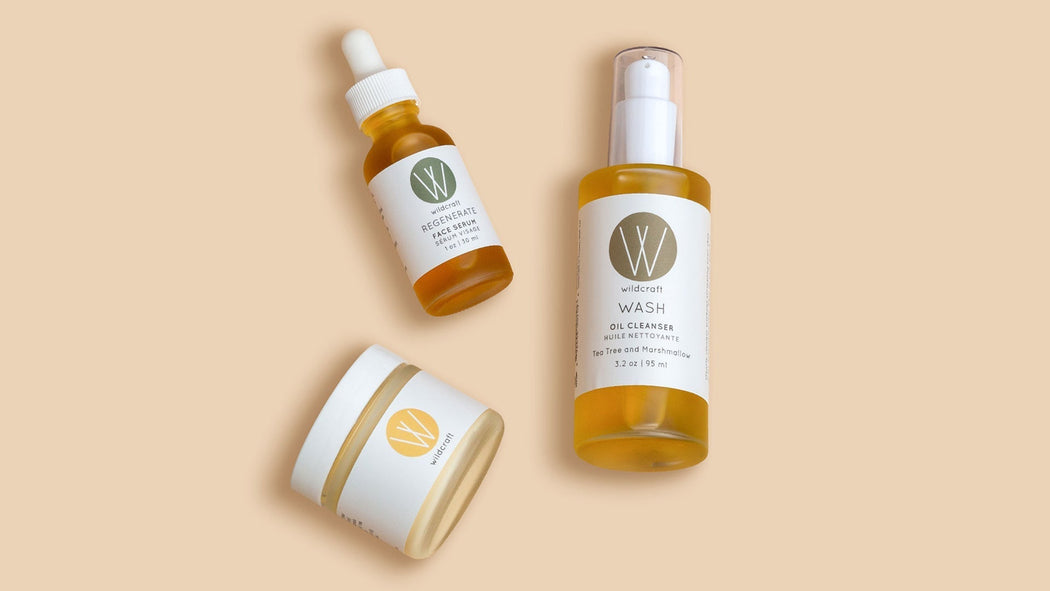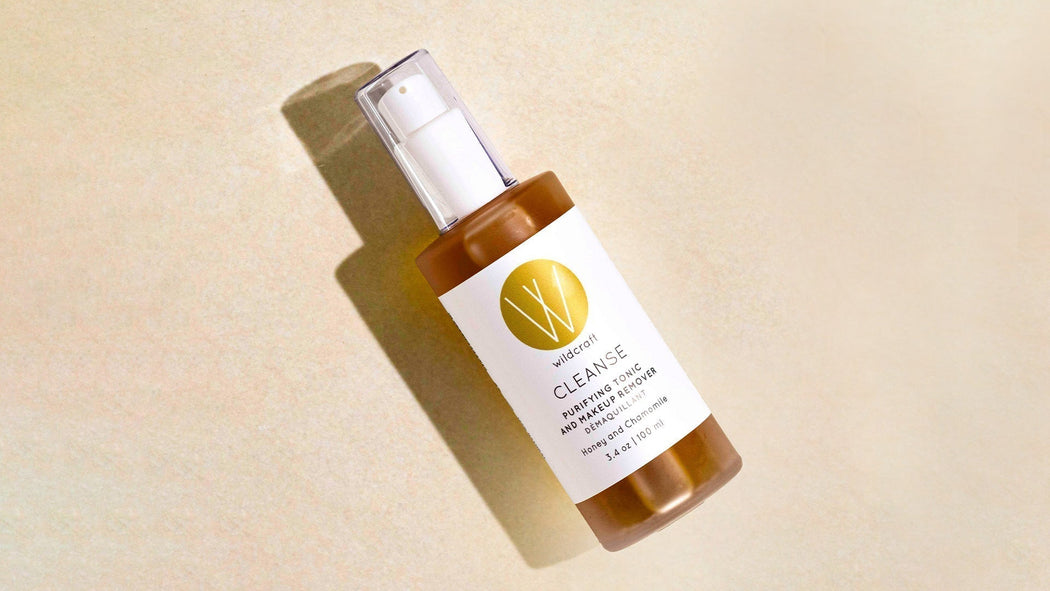Q&A ft. Lauren Strybos Of From Tree To Sea
Lauren Strybos, the talented ceramicist behind From Tree to Sea in Calgary, brings a wealth of environmental passion to her craft. Drawing from her background as a wildlife biologist and a trove of experiences from her extensive travels, Lauren infuses her creations with a hands-on, earthy, and minimalist aesthetic.
In our conversation with Lauren, we explore the influences shaping her pieces, the symbiotic relationship between creativity and nature, and the actionable steps we can take to make a positive impact on our communities.
Interview with Lauren Strybos of From Tree to Sea
Tell us about yourself.
Hi there! I am a ceramic artist based in Calgary, Alberta. I work out of a communal creative space called Workshop Studios in Inglewood, home to over 30 practicing artists. In addition to running From Tree To Sea Ceramics, I currently work at Plant, a beautiful shop in the same neighbourhood and help teach Date Night (think wine and messy wheel-throwing fun!) at our studio.
I spent several years working as a wildlife biologist before discovering my passion for clay, and I like to think my love for nature flows through into my work.
What started your interest in ceramics?
As a child, I was completely enamoured by polymer clay. I would save up my allowance and run off to the art store to buy stacks of Sculpey and Fimo, and then I’d spend hours making tiny sculptures (mainly animals) to give to various family members. Fast forward to years later, when I attended a local yoga festival where I ended up making a very wonky, lumpy bowl at a pottery demonstration tent.
Although it was a magical experience, that chance encounter with clay lay dormant in my memory.
I moved north of Toronto, and through quite a bit of scouting, I eventually found myself working out of a fully equipped studio with the freedom to make whatever I wanted. That first year was spent practicing, figuring out my style and, most importantly, all the techniques of the process that I learned from the studio owners. I carry these with me today.

Where do you draw inspiration from?
I find that I’m inspired by the processes and patterns found in everyday life. Things that may not seem related, but I’m drawn to translate into clay.
I generally prefer simple, organic forms and I'm a huge advocate for letting the warm tones and slightly gritty texture of the raw clay shine through. My palette and designs change with the seasons, an ebb and flow, switching from bright, colourful work back to calm, muted neutral tones. I’m honestly not that interested in sticking with one style of work for too long.
What are some connections between supporting our environment and taking part in creative practices? Why is this important?
It’s hard to find creatives that aren’t in some way inspired by the natural world around them. You are influenced by what you observe and feel around you; this then informs your work and further connects you to people who appreciate the same parts of life that are explored in your creative practice.
Not to mention, the base elements of so much creative work (e.g., woodworking, ceramics, painting) begin with something sourced from nature and our beautiful earth deserves all the credit. In a way, creating work and buying handmade help to strengthen our relationship to the earth.
This is so important because the strongest urge to want to protect or preserve something comes from caring about it in the first place. Nature not only teaches us about form, beauty, texture and pattern, but also about cycles, movement, and changing with time—lessons that are applicable to creative work and life in general. Hopefully, this resurgence in slow living and slow made work will help positively influence the way we treat our earth going forward.
Artisanal work seems to be growing in popularity. Why do you feel that is?
I think people recognize the love that goes into a handmade object, the tiny quirks that give it character, and a connection back to the mind and hands that made it. There are so many people who have a creative spark inside of them, and they’re looking for a way to feel creatively empowered.
It’s insanely satisfying and exciting to finally finish a project, to take a step back and see what you have created with your own hands. I know that it brings me so much joy to be in my home surrounded by work I’ve made myself, my friends have made, and other artists I admire so much.
What is your favourite Wildcraft product and why?
The Restore Face Cream is wonderful! Alberta is insanely dry, so I try to moisturize and hydrate as much as I can—this lotion does the trick. The smell is also really lovely and subtle.
More about Lauren, her adventures and one-of-a-kind ceramic pieces can be found here.


